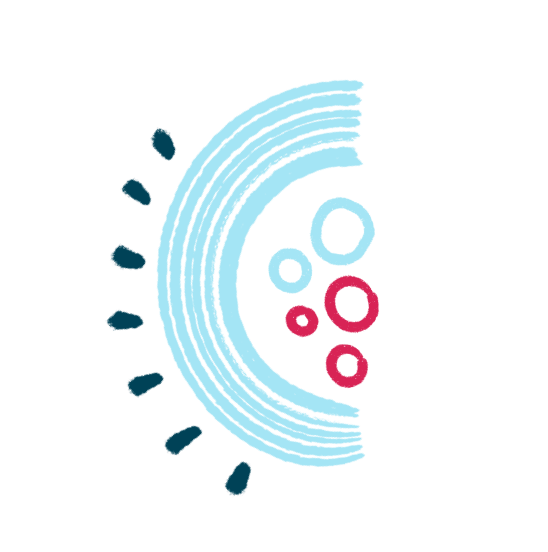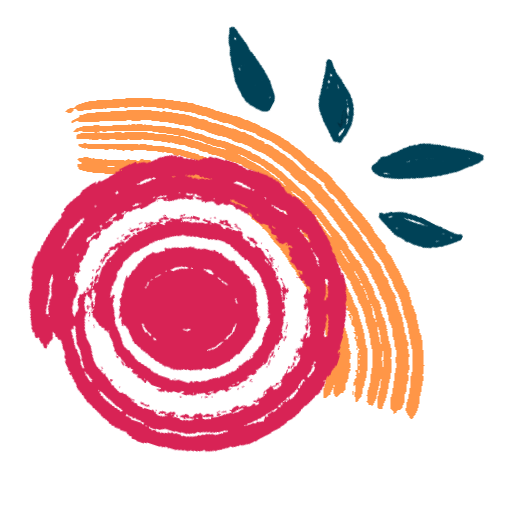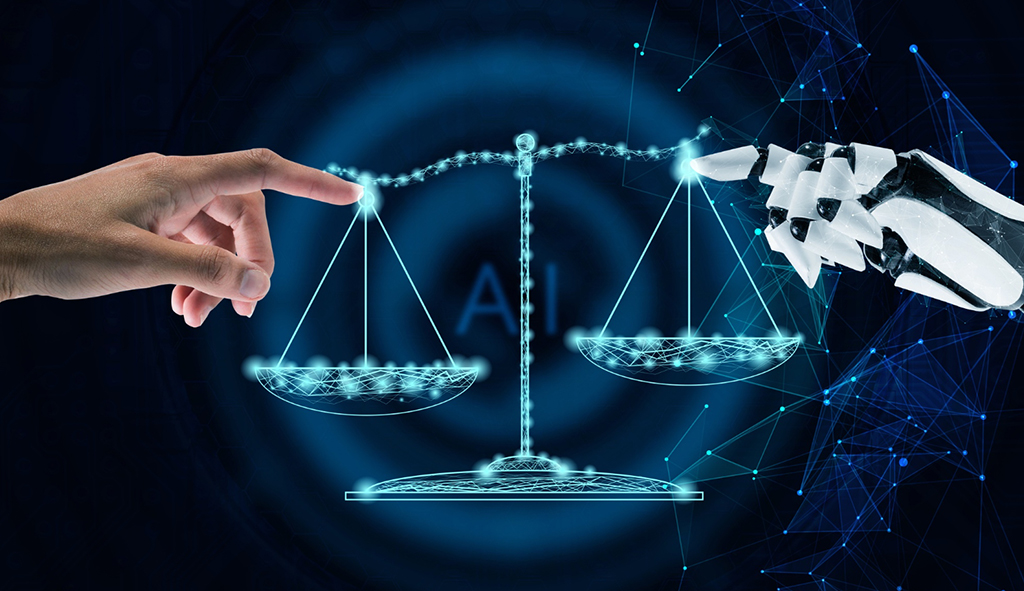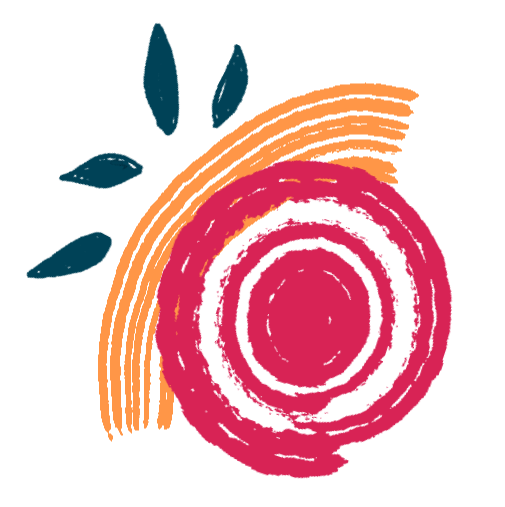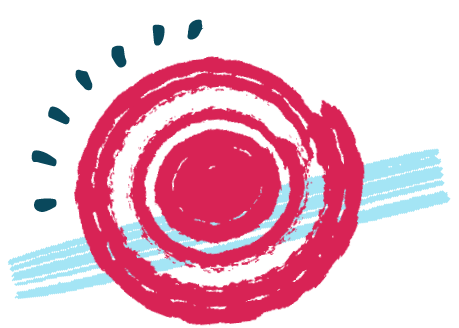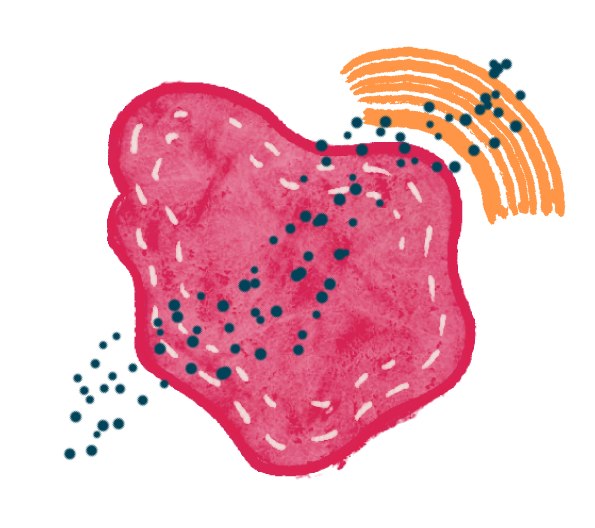In fast-paced work environments, language gaps are frequently bridged on the spot by a bilingual coworker or community member. These helpers act out of kindness and, more often than not, a sense of urgency. A colleague needs help understanding a form, an instruction, or a safety warning, and the message needs to be clarified—fast!
Improvised translation in the workplace is a practical solution that many teams rely on, especially when time is tight and professional support isn’t immediately available. And in many cases, it’s an ad hoc fix that seems to work. But even the most fluent bilingual employee isn’t a substitute for a trained translator, and relying on them to fill that role, especially on a regular basis, can come with risks that aren’t always obvious at first.
When Good Intentions Create Hidden Strain
While bilingual employees can be incredibly valuable in bridging communication gaps, it is important to recognize that tasking them with translation duties may have unintended consequences. Consider, for example, that these team members have usually been hired to handle responsibilities other than translation. Asking them to step away from these responsibilities in order to provide language support can divert their focus from their primary role and ultimately disrupt their workflow. Over time, this additional pressure, especially if it goes unrecognized, can contribute to employee stress or even burnout.
There are also important quality and compliance concerns to consider. Informal translation arrangements may raise confidentiality concerns or even result in compliance risks if information isn’t handled properly. Additionally, fluency doesn’t always equate to translation accuracy, particularly when it comes to technical or sensitive content. Without formal training, it’s easy even for native speakers to miss industry-specific terminology or subtle nuances, a gap that can lead to miscommunication over potentially high-stakes content.
Impact Across Different Industries

While the challenges of miscommunication can arise in any multilingual workplace, they’re especially serious in sectors where language diversity intersects with fast-paced or high-stakes operations. In construction and manufacturing, for instance, clear communication is critical to safety. When instructions, safety protocols, or training materials are translated informally or on-the-fly, even a small misstep in wording can lead to misinterpretation, workplace accidents, or costly delays. In healthcare, where consent forms and discharge instructions are sometimes translated by staff on the spot, misunderstandings can directly affect a patient’s ability to receive or follow proper care.
In education, it’s not unusual for teachers or administrators to step in and help with communication needs, especially when working with parents or students who are still building English proficiency. But without the presence of consistent, accurate translation support, the risk is higher for information gaps and uneven experiences for families. The same goes for government and public services, where accuracy, clarity, and trust are key to relationship-building and general comprehension. Relying on internal staff to translate sensitive information, whether it’s a benefits application or a legal document, can jeopardize not only compliance, but the public’s confidence in the system. Consistent requests for improvised translation help is a sign of a deeper need for professional support that protects everyone involved.
A Safer, More Sustainable Solution
There’s no question that bilingual employees play a crucial role in today’s diverse workforce. Their ability to connect with colleagues and clients across languages can enhance collaboration and foster inclusivity. But when informal translation becomes a regular expectation of these employees, it can stress them personally and professionally, strain company resources, compromise content clarity, and put compliance at risk.
Professional translation services offer a more reliable, long-term solution to bridging language gaps. It’s one that supports your team, protects critical information, and ensures that all content is handled with the accuracy, confidentiality, and cultural nuance it requires.





